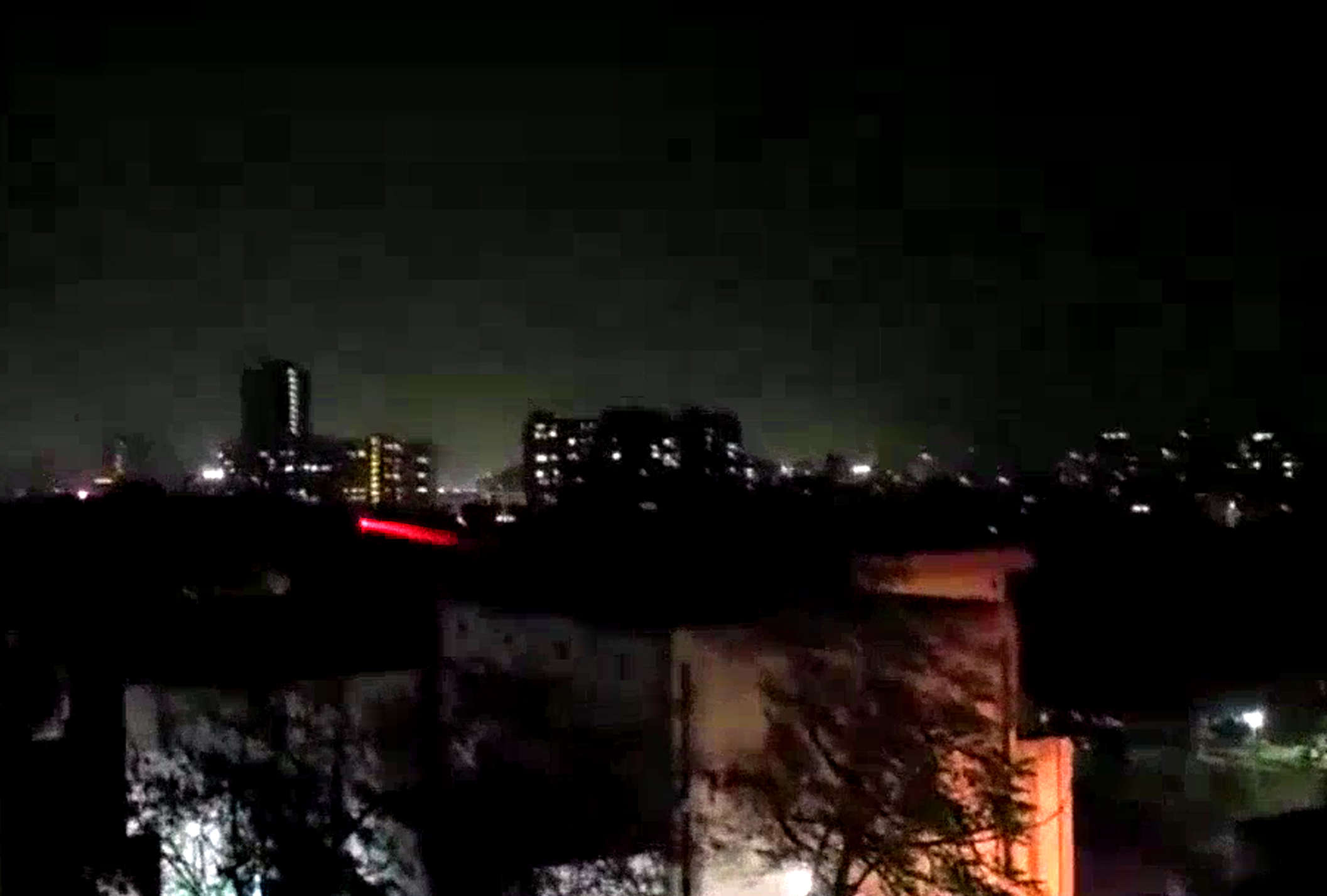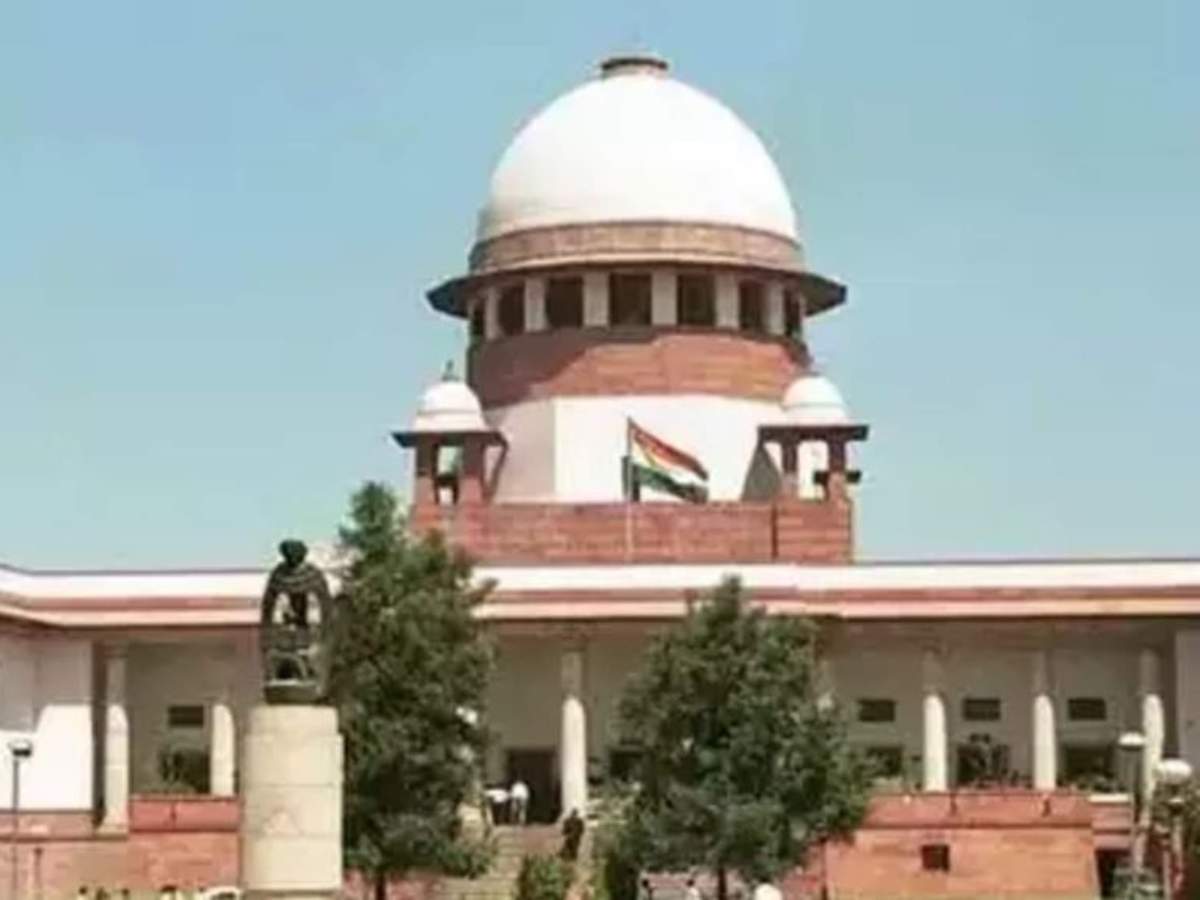Chethan Kumar

BENGALURU: In the first step towards developing quantum satellite technology, the Indian Space Research Organisation (Isro) late last week successfully demonstrated a technology
enabling secure communication between two buildings that were 300 metres apart using free-space quantum communication technology.
“This is a major breakthrough for SAC (space applications centre) engineers who have demonstrated quantum communication between two buildings on March 19. Today, advanced computers can break encryption and future strategic communication will need quantum communication. Every country will need this and we have demonstrated it,” Sivan
said.The technology will be useful for a range of strategic sectors ranging from defence to digital money transactions, among other things and Isro has plans for extending this to satellites as well.
Just last month, a team led by Prof Urbasi Sinha had demonstrated a similar technology that was developed as part of the Quantum Experiments using Satellite Technology (QuEST) project. In that case, the communication was between two structures that were only 50 metres apart.
As reported by TOI in February, working on quantum cryptography — encrypting a message in a way nobody can read it at the quantum (minimal level of a unit in physics ) level — the scientists had demonstrated the ability to share this secret key “safely” to another building.
QuEST, carried out by RRI’s Quantum Information and Computing (QuIC) lab, is India’s first project on satellite-based long-distance quantum communications. Started in 2017, QuEST is being implemented in collaboration with Isro.
However, Sivan said: “While we are working with others on quantum technology, the demonstration we did last week was a technology developed at SAC. The most important thing is that we will be able to extend this to the satellites given that it is a free space quantum technology. That will be a quantum jump.”
He did not immediately elaborate more on the technology stating that the space agency will be making a formal announcement soon. On whether the SAC technology also uses QKD (quantum key distribution), Sivan said: “Yes.”
According to Isro, a number of key technologies were developed indigenously to accomplish this major feat, which included the use of indigenously developed NAVIC
receiver for time synchronization between the transmitter and receiver modules, and gimbal mechanism systems instead of bulky large-aperture telescopes for optical alignment.
The demonstration has included live videoconferencing using quantum-key-encrypted signals. This is a major milestone achievement for unconditionally secured satellite data communication using quantum technologies, Isro said.
"The Quantum Key Distribution (QKD) technology underpins Quantum Communication technology that ensures unconditional data security by virtue of the principles of quantum mechanics
, which is not possible with the conventional encryption systems," an Isro statement read.
Stating that conventional cryptosystems used for data-encryption rely on the complexity of mathematical algorithms, Isro said the security offered by quantum communication is based on the laws of Physics. "Therefore, quantum cryptography is considered as ‘future-proof’, since no future advancements in the computational power can break quantum-cryptosystem," the space agency said.
The free-space QKD was demonstrated between two line-of-sight buildings within the campus. The experiment was performed at night, in order to ensure that there is no interference from the direct sunlight.
"The experiment is a major breakthrough towards ISRO’s goal of demonstrating Satellite-Based Quantum Communication (SBQC), where Isro is gearing up to demonstrate the technology between two Indian ground stations," the space agency added.
 PTI
PTIMonday said states should take more steps to promote education and establish institutes for the upliftment of socially and educationally backward classes as “affirmative action” is not limited to just the reservation.
A five-judge Constitution bench headed by Justice Ashok Bhushan, hearing the Maratha
quota case, said that several other things can be done by the states for this purpose.
“Why can't other things be done. Why not promote education and establish more institutes? Somewhere this matrix has to move beyond reservation. Affirmative action is not just reservation,” observed the bench, which also comprised Justices L Nageswara Rao, S Abdul Nazeer, Hemant Gupta and S Ravindra Bhat.
, appearing for Jharkhand government, said this would involve issues including financial resources of the state, number of schools and teachers there.
Sibal argued that extent of reservation would differ from state to state in the country depending on the population and thus, there cannot be a “straight jacket formula” for this.
The top court is also examining issues including whether the landmark 1992 judgement in Indra Sawhney case, also known as the Mandal verdict which caps quota at 50 per cent, requires a re-look by a larger bench “in the light of subsequent Constitutional amendments, judgments and changed social dynamics of the society”.
During the hearing conducted through video-conferencing on Monday, senior advocate P S Patwalia, appearing for Maharashtra, referred to the protests held earlier in the state on this issue and said it was a “burning issue” there.
“It was a burning issue there (in Maharashtra),” he said, adding, “One rally had happened in Mumbai and the entire city had come to a standstill”.
“This was a huge social issue in the state,” Patwalia said.
The arguments in the case remained inconclusive and would resume on Tuesday.
The top court had earlier sought to know for how many generations would reservations in jobs and education continue and had raised concerns over “resultant inequality” in case the overall 50 per cent limit was to be removed.
Senior advocate Mukul Rohatgi, appearing for Maharashtra, had said that the Mandal judgement on capping the quota needed a re-look in the changed circumstances.
Rohatgi had said there were many reasons for the re-look of the Mandal judgment which was premised on the census of 1931 and moreover, the population has increased many fold and reached to 135 crore.
Attorney General K K Venugopal had last week told the apex court that the 102nd amendment to the Constitution does not deprive state legislatures to enact law determining the Socially and Educationally Backward Classes (SEBC) and conferring benefits on them.
The 102nd Constitution amendment Act of 2018 inserted Articles 338B, which deals with the structure, duties and powers of the National Commission for Backward Class (NCBC), and 342A dealing with power of the President to notify a particular caste as SEBC as also of Parliament to change the list.
The apex court is hearing a clutch of pleas challenging the Bombay High Court
verdict which had upheld the grant of quota to Marathas in admissions and government jobs in the state.
It had on September 9 last year stayed the implementation of legislation and referred to a larger bench the batch of pleas challenging the validity of law, but made it clear that status of those who have availed of the benefits would not be disturbed.
The SEBC Act 2018 of Maharashtra was enacted to grant reservation to people of the Maratha community in the state in jobs and admissions.
The Bombay High Court, while upholding the law in June 2019, had held that 16 per cent reservation was not justifiable and the quota should not exceed 12 per cent in employment and 13 per cent in admissions.
No comments:
Post a Comment